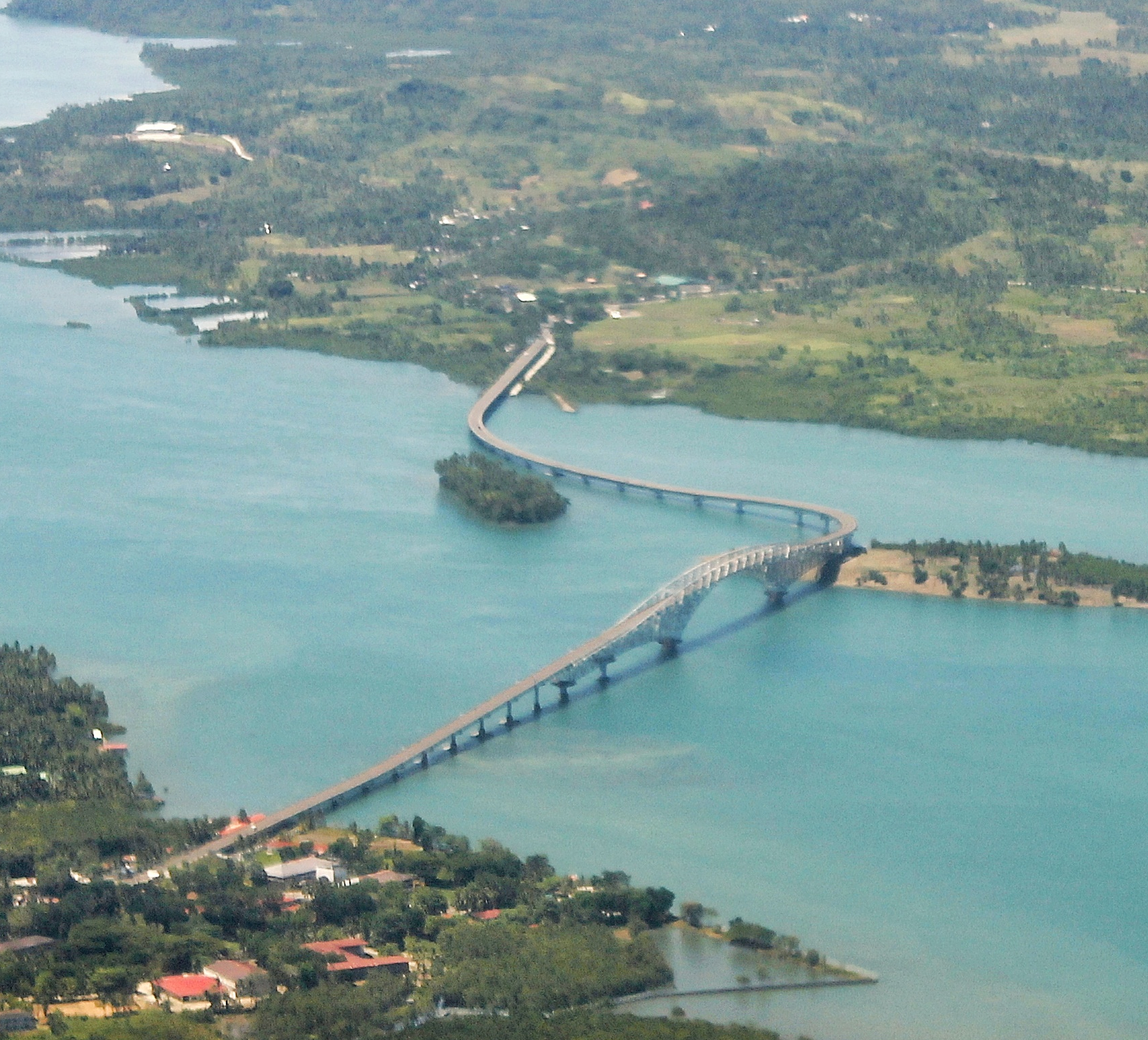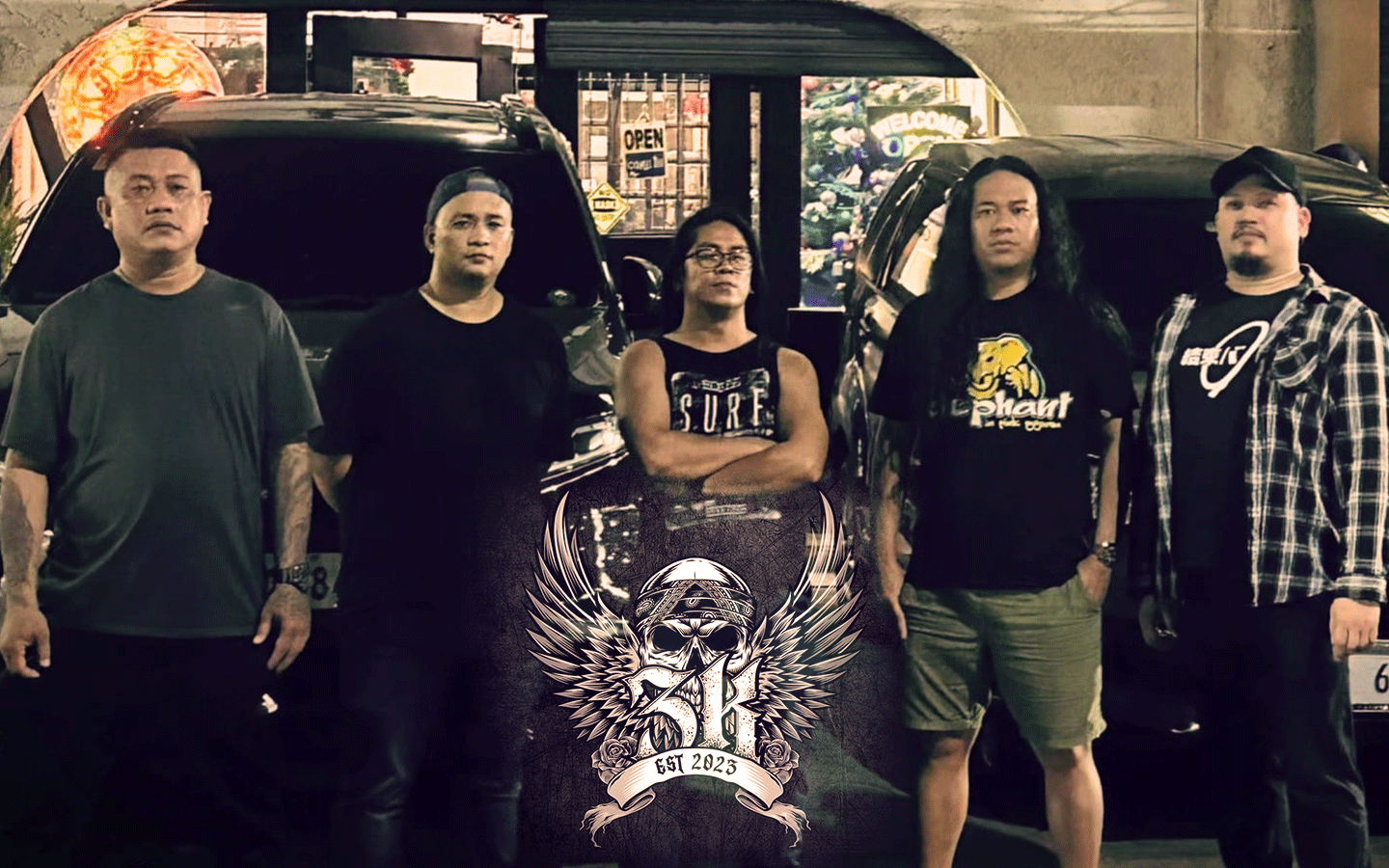The internet – once hailed as a bastion of free expression and human connection – feels different lately. Scroll through social media, and you might encounter bizarre AI-generated images, repetitive arguments, or comment sections that feel eerily artificial. This unsettling feeling has a name: the Dead Internet Theory.
While starting as a fringe conspiracy theory, the idea that the internet is increasingly dominated by bots, AI-generated content, and algorithmic manipulation, rather than genuine human interaction, is gaining traction. But what does this theory, suggesting the internet we knew effectively “died” around 2016-2017, mean specifically for the Philippines?
What is the Dead Internet Theory?
At its core, the Dead Internet Theory posits that:
- Vast swathes of online content are now generated by AI and bots.
- Genuine human activity is being drowned out or suppressed by algorithms favouring automated content.
- This shift might be intentionally orchestrated by state actors or powerful groups to manipulate public perception, control narratives, and influence behaviour.
Evidence cited includes the explosion of AI content generators (like ChatGPT and DALL-E), the documented high percentage of bot traffic online, viral AI images on platforms like Facebook, and debates over bot networks on sites like X (formerly Twitter). The theory suggests algorithms curate our reality, pushing human voices aside.
The Shadow Over Philippine Politics
The Philippines, often dubbed “patient zero” in the global disinformation pandemic, provides fertile ground for the dynamics described by the Dead Internet Theory. Here’s how these concepts are shaping the political landscape:
- Weaponized Disinformation: The Philippines has a documented history of “troll farms” and “click armies” employed during election campaigns. These networks, often linked to political players, flood social media with propaganda, fake news, and coordinated attacks to smear opponents or create illusions of popularity.
- AI-Powered Manipulation: AI tools are making disinformation campaigns cheaper, faster, and more sophisticated. Deepfake videos and audio (like the fabricated clip of President Marcos Jr. ordering an attack on China) can cause panic and erode trust. AI generates convincing fake news articles and social media posts at scale, making it hard to discern truth from fiction.
- Exploiting Vulnerabilities: Disinformation campaigns effectively target existing societal divisions and sentiments, such as anti-Chinese feelings or nostalgia for strong leadership, amplifying them for political gain. With studies showing many Filipinos struggle to identify fake news, the population is vulnerable.
- Erosion of Trust: The constant barrage of AI-generated content, bots, and misinformation pollutes the digital ecosystem. This makes it increasingly difficult for citizens to trust online information, institutions, and even the democratic process itself.
- Intensifying Conflicts: AI-driven propaganda is used to distort reality surrounding sensitive issues like the South China Sea dispute, potentially fueling public confusion, fear, and even support for escalation.
The Future Under an Unregulated “Dead Internet”
If the trends associated with the Dead Internet Theory continue unchecked in the Philippines, the potential consequences are deeply concerning:
- Decay of Democracy: Elections could be increasingly swayed by sophisticated AI disinformation campaigns, manipulating voter behavior and undermining electoral integrity. Public trust in democratic institutions may plummet further.
- Deepening Polarization: AI algorithms can trap users in “information bubbles,” reinforcing existing biases and making constructive dialogue between different groups nearly impossible, leading to further societal division.
- Loss of Authentic Human Connection: As synthetic content overshadows genuine interaction online, digital communities could weaken, eroding social cohesion.
- Economic Disruption: While AI offers economic potential, unregulated proliferation could also lead to job displacement as automation increases.
- Normalization of Manipulation: The lines between reality and AI-generated fabrication could blur completely. Distinguishing real people and information from bots and fakes might become impossible, making society highly susceptible to manipulation.
What Can Be Done?
Addressing this requires a multi-faceted approach:
- Regulation: Government bodies like COMELEC are beginning to tackle the issue with guidelines requiring disclosure of AI use in campaigns and prohibiting deepfakes. However, robust, adaptive regulations are crucial.
- Platform Accountability: Social media platforms need stronger, more consistent moderation and fact-checking mechanisms, though recent shifts towards community-driven models raise concerns.
- Digital Literacy: Enhancing media and digital literacy across the population is vital to equip citizens with the critical thinking skills needed to navigate the complex online environment.
- Transparency Initiatives: Efforts like the government’s “transparency initiative” in the South China Sea, embedding journalists, aim to provide real-time, verifiable accounts, though journalistic independence must be safeguarded.
- Coalition Building: Collaboration between civil society, tech companies, government, and fact-checking organizations is essential to build trust and develop effective counter-strategies.
The “Dead Internet Theory” serves as a stark warning. While the internet may not be entirely “dead,” the proliferation of AI, bots, and disinformation poses a significant threat to the health of Philippine society and democracy. Recognizing the challenge and taking proactive steps towards regulation, education, and collaboration is crucial to ensure a future where technology serves, rather than subverts, human interests and democratic values.





